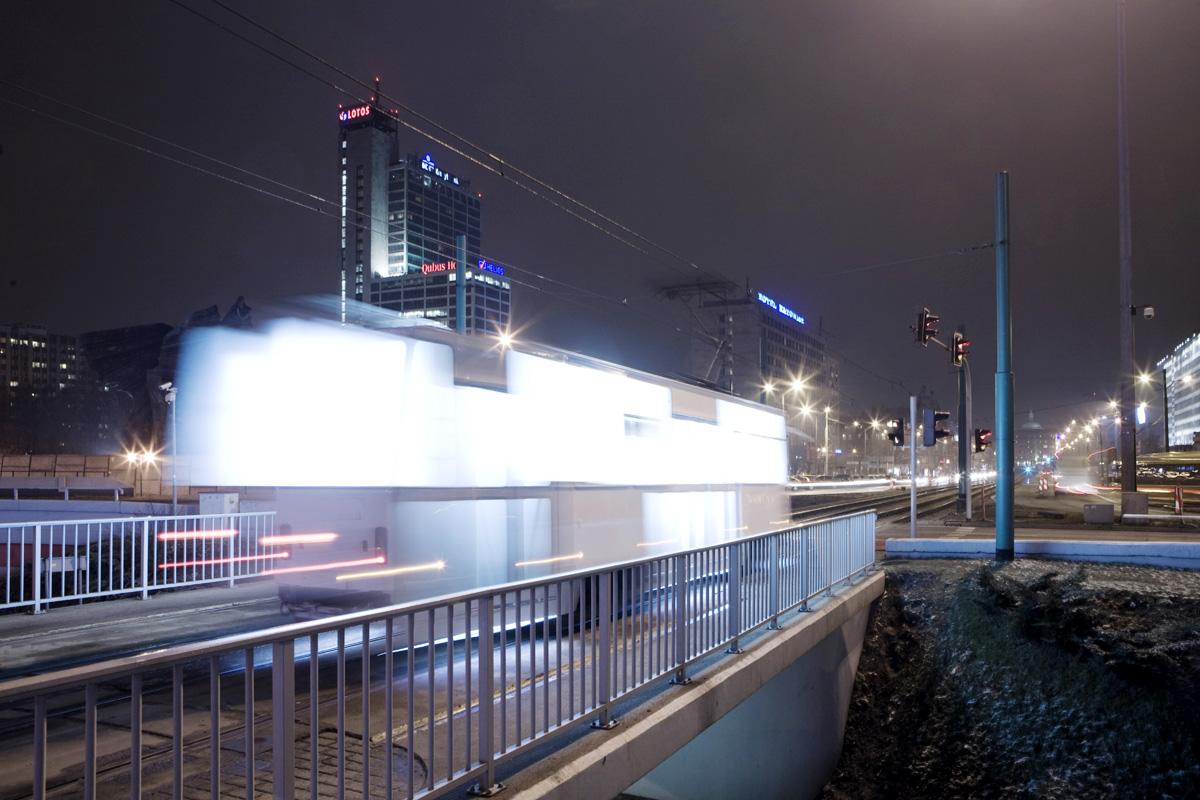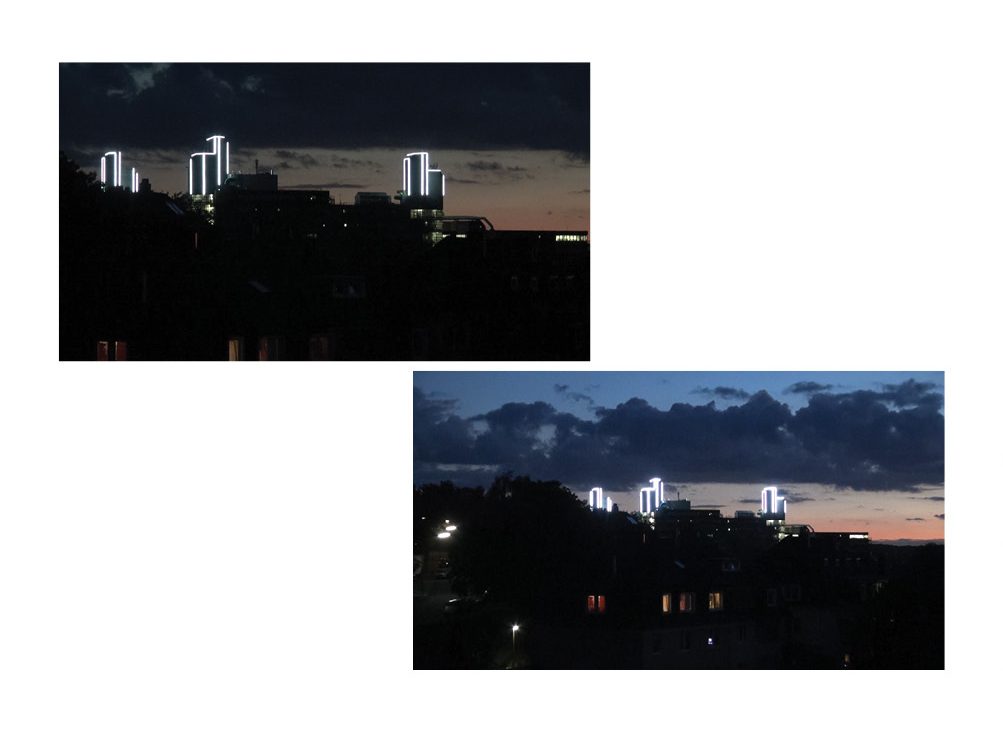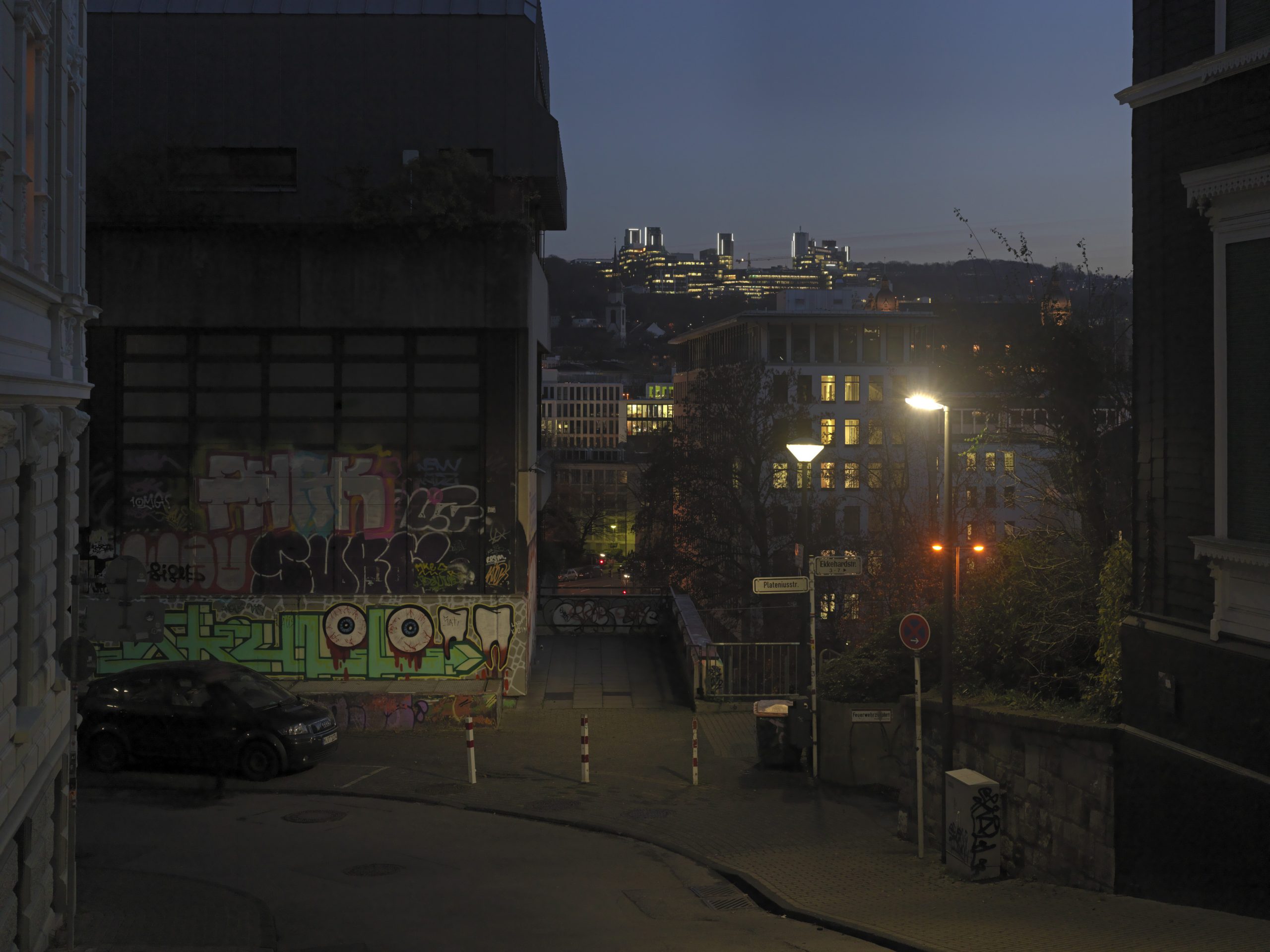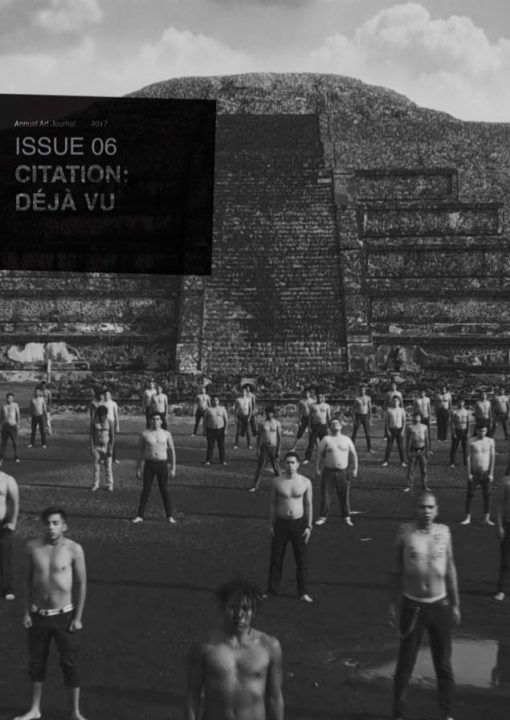‘public preposition’ comprises a heterogeneous group of works, interventions, projects and performances that have been realised over the course of four decades or, for various reasons, are still awaiting their final realisation. These works appeal to a public, and question—by virtue of which site and under what conditions they occur—what “public” means. How is “public” constituted? What does participation signify without reducing the term to a vague offer to “join in,” or performatively integrating the viewer into an established constellation –touching topics that include aspects and observed notions of different cultural arenas and societies?
Memory and recalling historical or autobiographical narratives are key aspects of ‘public preposition.’ The context and content are based either on collective memories or individual components of recall. ‘Remembering’ becomes important in reflecting the current conditions of our societies.
Many of these interventions and projects have come into being by the invitation of art institutions or festivals and they exist for a limited time. Now, they exist via their photographic documentation. Other projects were consciously created to be ephemeral and had a limited visibility in their in-situ manifestation. Thus ‘public preposition’ refers to a fundamental contradiction of the term “public”: on the one hand, the public experience is understood as unrestricted; on the other, the “public” of an intervention is effectively limited to an event, its viewers and its participants.
For this reason, introducing ‘public preposition’ in a publication—which includes the presentation, discussion and documentation of projects—should be seen as an attempt to create a “public.” Furthermore, the publication integrates individual projects into a larger context. The key component, ‘remembering,’ is created predominantly through oral history or a collective narrative. By virtue of this, the publication will necessarily contribute to collective memory in the public sphere.
The idea that a text addresses a public is semantically embedded in the term “publication.” Furthermore, “making public” is conceptually implicit in publishing. Because the public is a social medium, the “making available” and communication of information play a fundamental role in its establishment. Without accessibility, information would remain reserved for a limited group of people. The notion of the public sphere as fundamental to democratic theory includes processes of general interest, communication directed at an unlimited audience, and the public accessibility of spaces and places.
To present, discuss and document ‘public preposition’ through its own publication is understood as contributing to producing a public, and integrating individual projects into a larger context. It works out the “family resemblance” of the different works—similar to concepts that cannot be adequately captured within a taxonomic classification (because of ambiguous boundaries) but which still form a unified group.
‘public preposition’ is an open concept that develops and reacts to specific situations—spatial as well as social, historical and political. Depending on the situation, the approach changes. Light as an accentuating medium that creates visibility yet that is itself immaterial, often yields entry to the development of new social and communicative spaces of experience. When conceptual artist, Kuball, utilises light, he is not just illuminating and focusing on what has, until now, been hidden. Rather, he is drawing attention to what is present, and fathoming its undiscovered or forgotten potential. In the scope of ‘public preposition’ light stands for reflection in two senses: as a mirror of that which exists and an analysis of it.
For ghostTram in Katowice in 2013, Kuball converted a local transportation tool into a six-day performative intervention. Backgrounded by an unstable German-Polish history, the Upper Silesian region around Katowice is an economically-flourishing Polish metropolis today. Years of shifting borders, occupations, expulsions, settlements and evacuations had shaped its identity. The tramnetwork of Katowice and its surrounding cities, dating back to 1894, now belongs to one of the largest transit systems in the world. In cooperation with the Katowice Cultural Institute City of Gardens, a historic tram from the 1980s was illuminated and sent out on nighttime journeys without passengers, scheduled service stops, or a destination. In the darkness of the night, the “ghost train” seemed to be going nowhere. It was like a glistening white cube, set free from its original function, history and materiality. It was without background and without destination. It was without identity. People from Katowice wrote letters to the Mayor’s office reporting that their grandparents had sat in that tram; the Nazi concentration camp, Auschwitz, is nearby, and the authors of those letters connected the public intervention with their historical trauma.
Solidarity Grid in Christchurch, New Zealand was not only one of the most extensive and permanent works from ‘public preposition’ but also the work with the most complex genesis. Against the backdrop of two severe earthquakes in New Zealand, a seminal project was developed with the involvement of the local community. Blair French, the curator of SCAPE Christchurch Biennial, who had invited Kuball to create a work for the Biennale in 2013, described the various stations Solidarity Grid had to undergo, how it emerged from the on-site analysis of the situation, and his collaboration with various players. In this context, the term “site-specific” also receives another far-reaching significance. Globalisation identifies historical particularities of urban structures beyond those currently visible. Kuball pursued to question the relationship between public and private, which have become imprecise terms, and the zone between them. To say that his work consciously plays with concepts like the Agora and public space, and tests modalities for their production or reactivation, suggests that it would be hasty to dismiss these in their historicisation. The question of the status of the public, which dominates the entire work, and the relationship between the audience and the work, will also be discussed.
‘public preposition’ was published in 2015 by DISTANZ Verlag. Edited and with text by Vanessa Joan Müller

Mischa Kuball
public preposition / ghostTram
2013
Tram from Katowice and other Silesian cities operated after dark,
unpredictable route and travelling time, white foil, extra illuminants, light installation
Institution of Culture, Katowice / PL
Photo by Krzysztof Szewczyk, Katowice
© Archive Mischa Kuball, Düsseldorf / VG Bild-Kunst, Bonn 2017

Mischa Kuball
public preposition / ghostTram
2013
Tram from Katowice and other Silesian cities operated after dark,
unpredictable route and travelling time, white foil, extra illuminants, light installation
Institution of Culture, Katowice / PL
Photo: Krzysztof Szewczyk, Katowice.
© Archive Mischa Kuball, Düsseldorf / VG Bild-Kunst, Bonn 2017

Mischa Kuball
public preposition / ghostTram
2013
Tram from Katowice and other Silesian cities operated after dark,
unpredictable route and travelling time, white foil, extra illuminants, light installation
Institution of Culture, Katowice / PL
Photo by Krzysztof Szewczyk, Katowice
© Archive Mischa Kuball, Düsseldorf / VG Bild-Kunst, Bonn 2017

Mischa Kuball
public preposition / MetaLicht
2012
Light installation, 760 metres LED lights from the company Zumtobel,
DMX-control, 7600 Watt (10 Watt / metre), three small wind turbines type AeroviS T7 and vertical rotors
Bergische Universität, Wuppertal / DE
Photo by Eberhard Quaas, Wuppertal
© Archive Mischa Kuball, Düsseldorf / VG Bild-Kunst, Bonn 2017

Mischa Kuball
public preposition / MetaLicht
2012
Light installation, 760 metres LED lights from the company Zumtobel,
DMX-control, 7600 Watt (10 Watt / metre), three small wind turbines type AeroviS T7 and vertical rotors
Bergische Universität, Wuppertal / DE
Photo by Achim Kukulies, Düsseldorf
© Archive Mischa Kuball, Düsseldorf / VG Bild-Kunst, Bonn 2017

